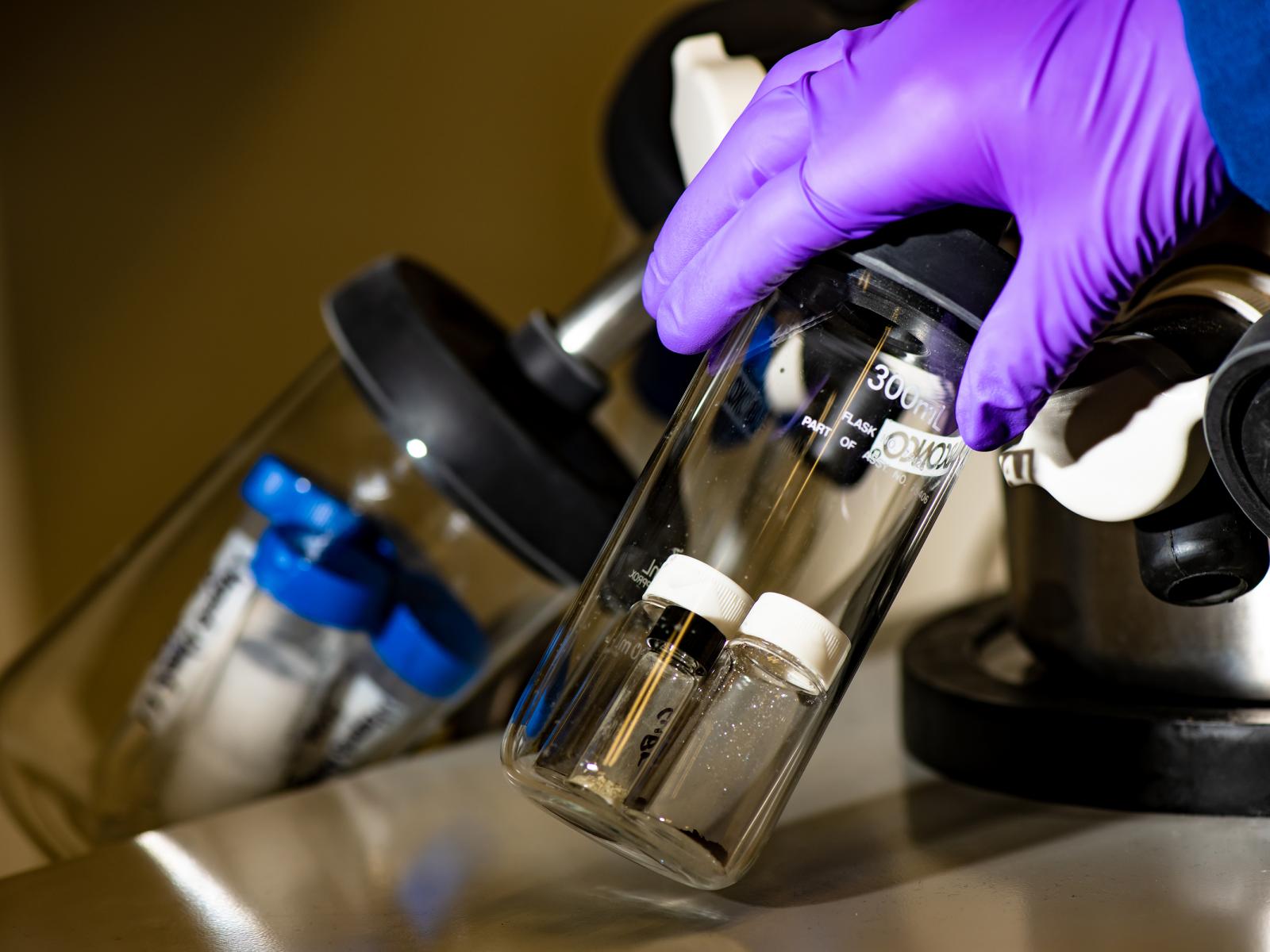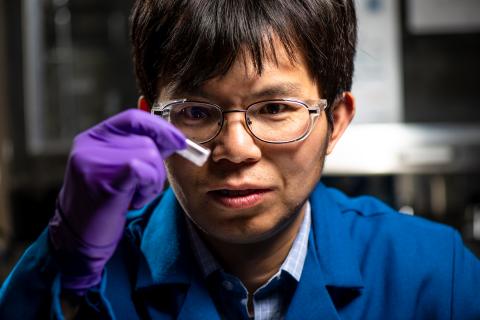Thinking Small. PNNL Focuses on Tiny Particles to Fight Global Problems Like Cancer

PNNL’s nanomaterials research ranges from understanding the basic properties of materials to developing specialized nanomaterials for specific applications, such as this material containing millions of tiny nanotubes that offer a promising approach to targeted medical treatments.
Andrea Starr | PNNL
Published: November 18, 2019

